AI Adoption Success: 5 Traits Separating Leaders from Laggards
Introduction
There is no single playbook for successful GenAI transformation. Yet, across industries, a clear pattern is emerging: the companies generating the strongest returns from AI are those embedding adoption into the very fabric of how they lead, learn, and compete.
For executives, the evidence is mounting, when adopted strategically, AI accelerates insights, unlocks new sources of value, and sharpens competitive advantage. But as you're expecting it isn’t the technology itself that is leaving some companies lagging whilst others are leaping, it’s how those organizations lead both the human and cultural shifts that AI demands.
Here's what's actually working:
5 Traits of High AI Adopters
The highest-performing companies have mastered the following five adoption drivers:
AI-Fluent Leadership: Executives who not only sponsor AI, but model its use, balancing opportunity with risk
Open Teaming: Cross-functional teams that experiment together, share learnings, and build AI into workflows
Continuous Learning: A culture of ongoing upskilling that moves pilots into real business impact.
Adaptive Cultures: Workforces empowered to experiment, iterate, and sustain momentum.
Strategic Integration: Clear alignment of AI initiatives with core business strategy and measurable outcomes.
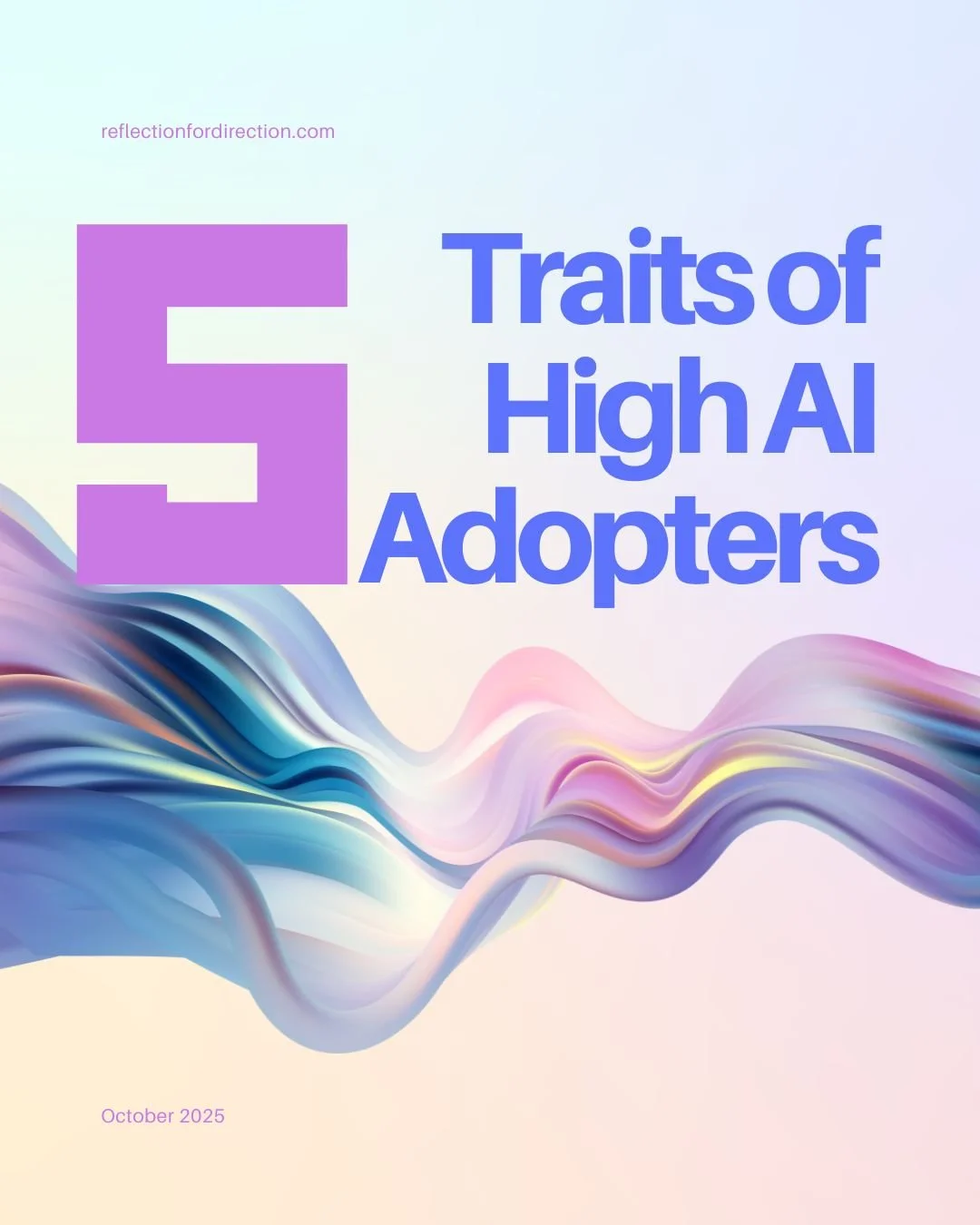
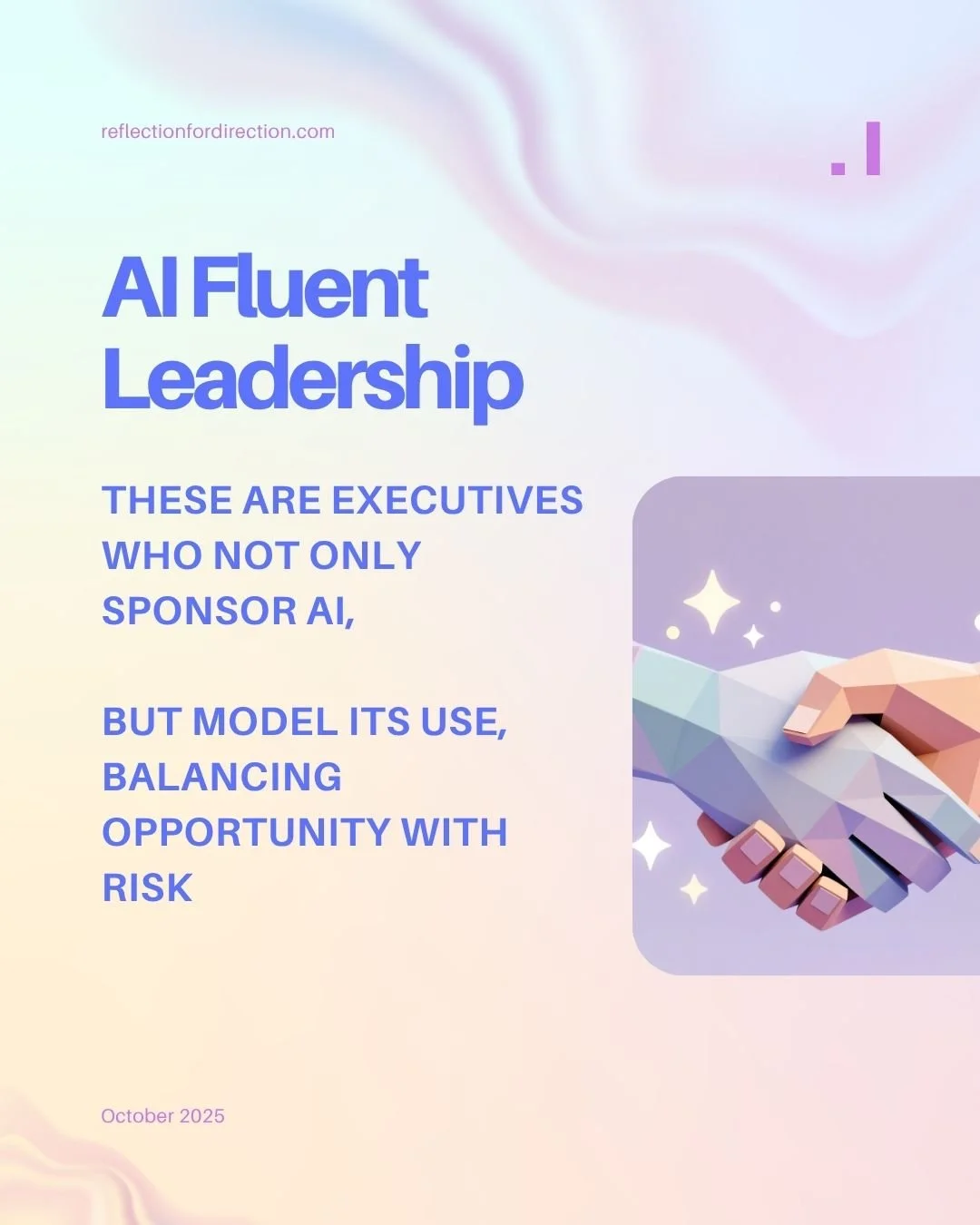
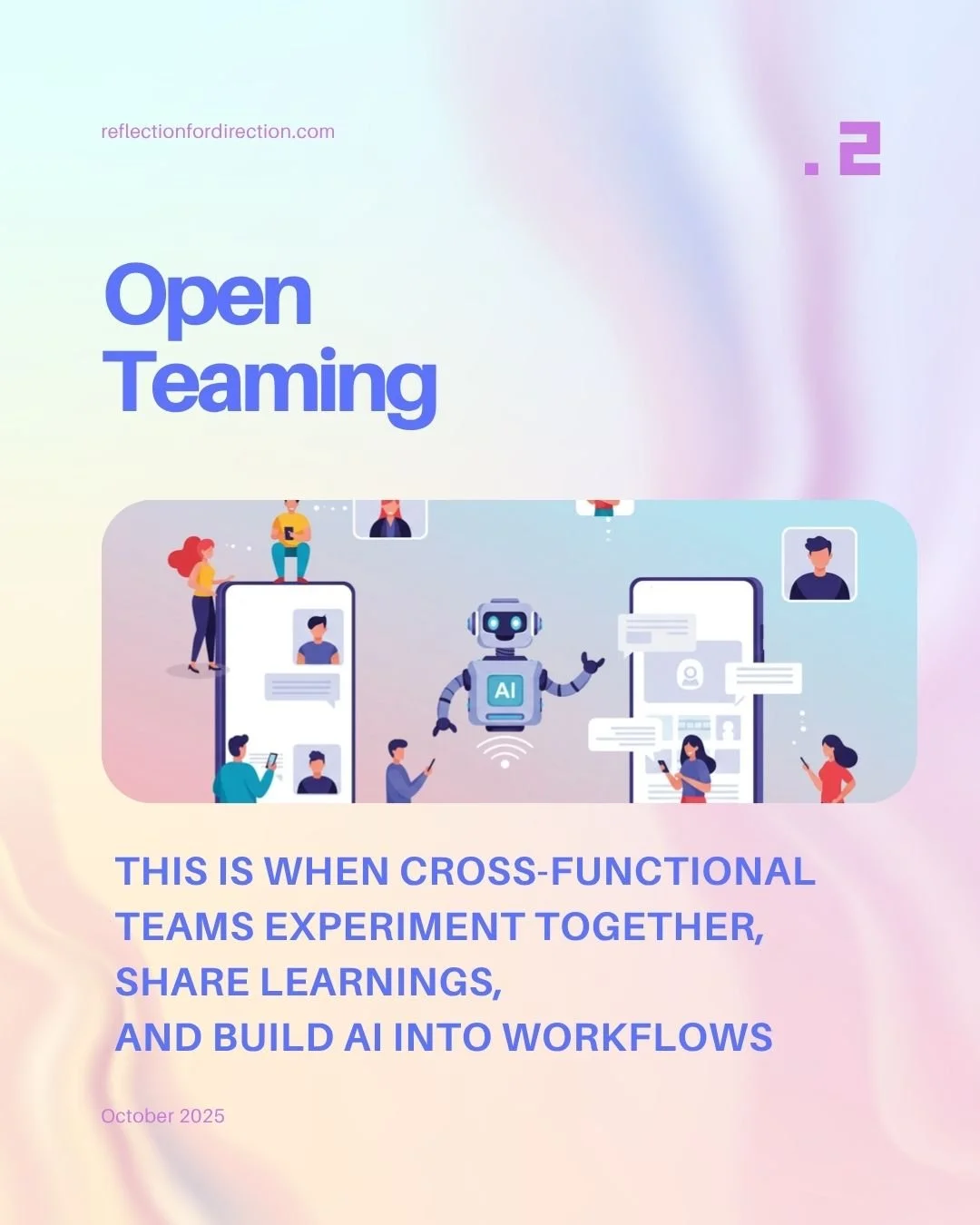
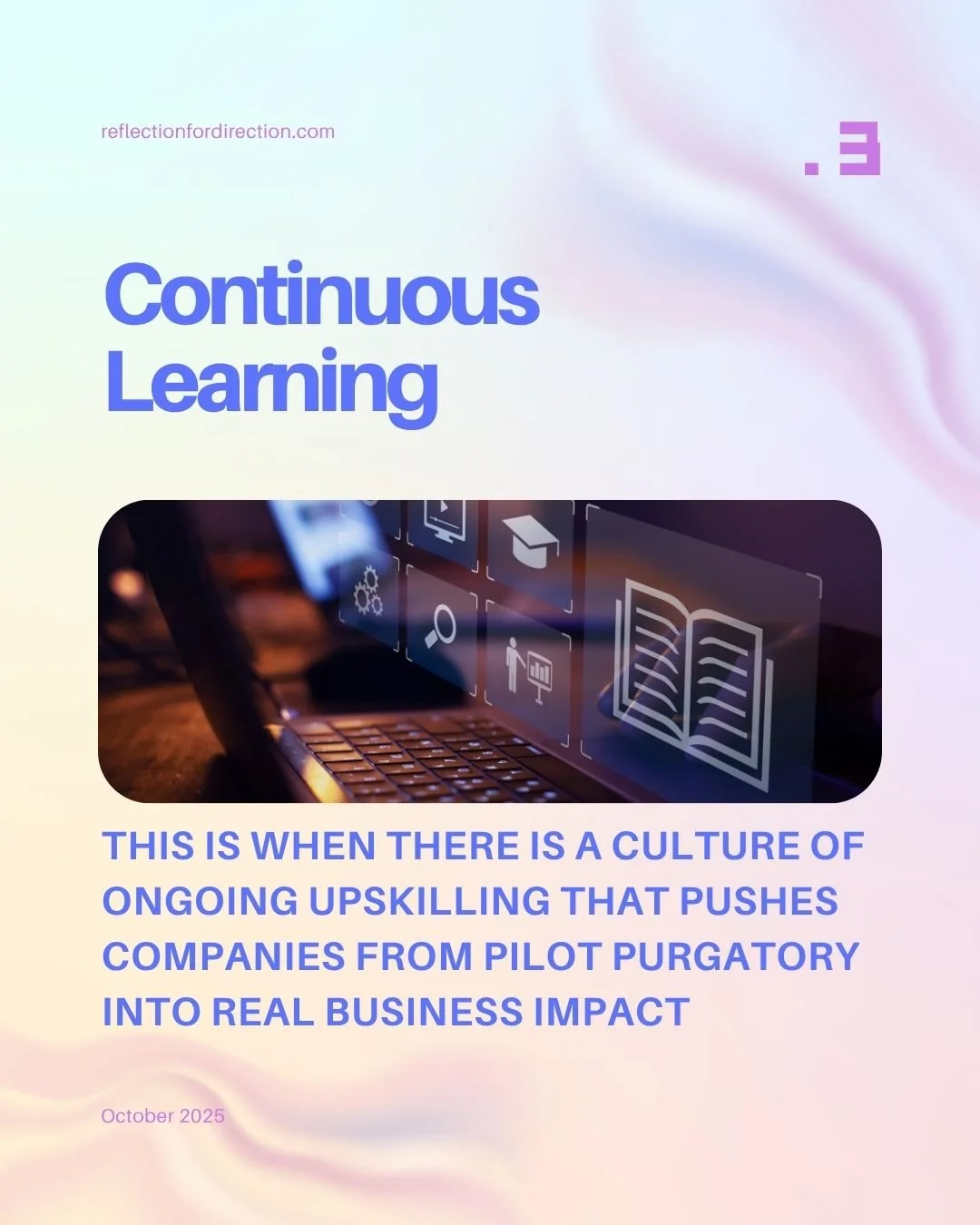
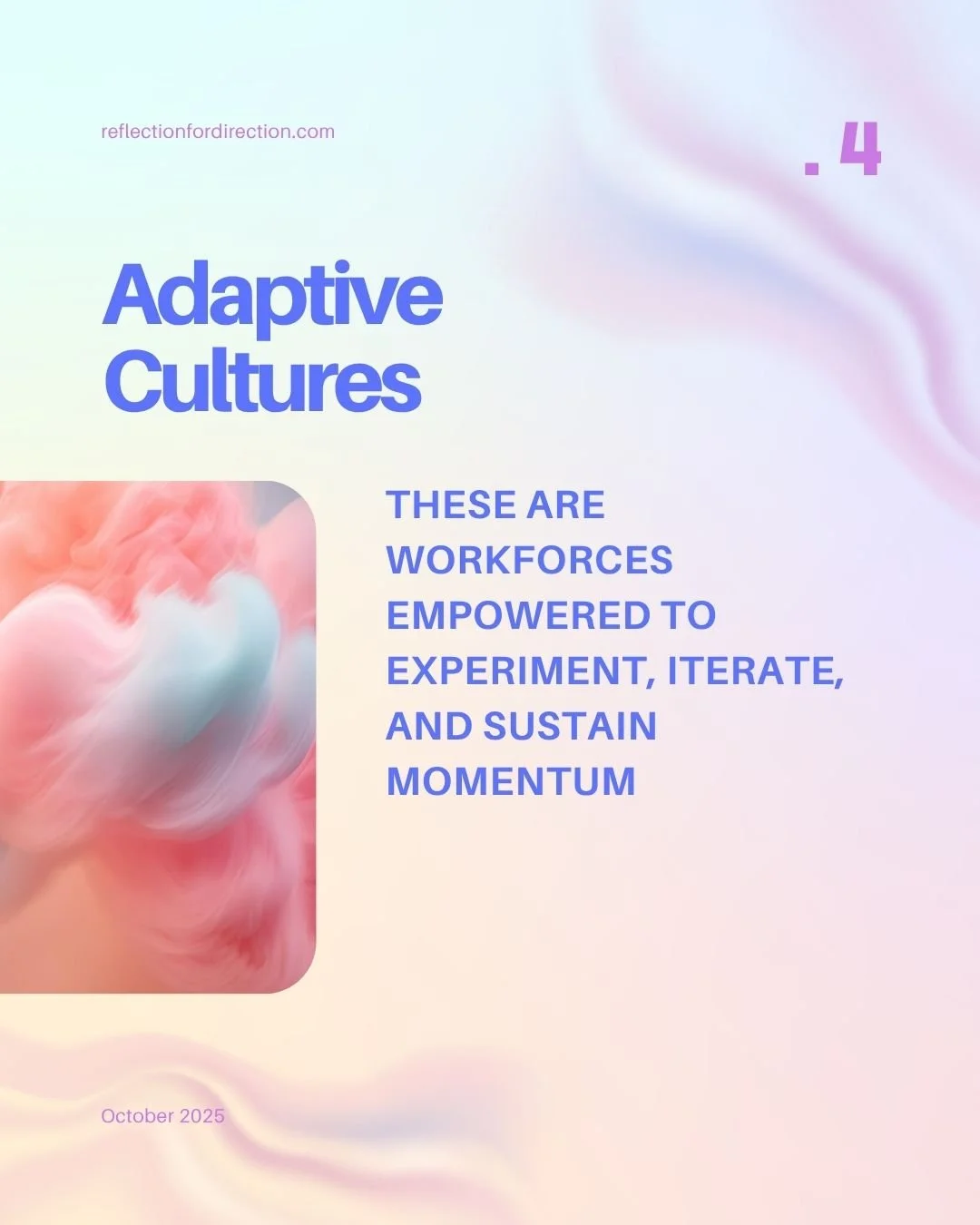
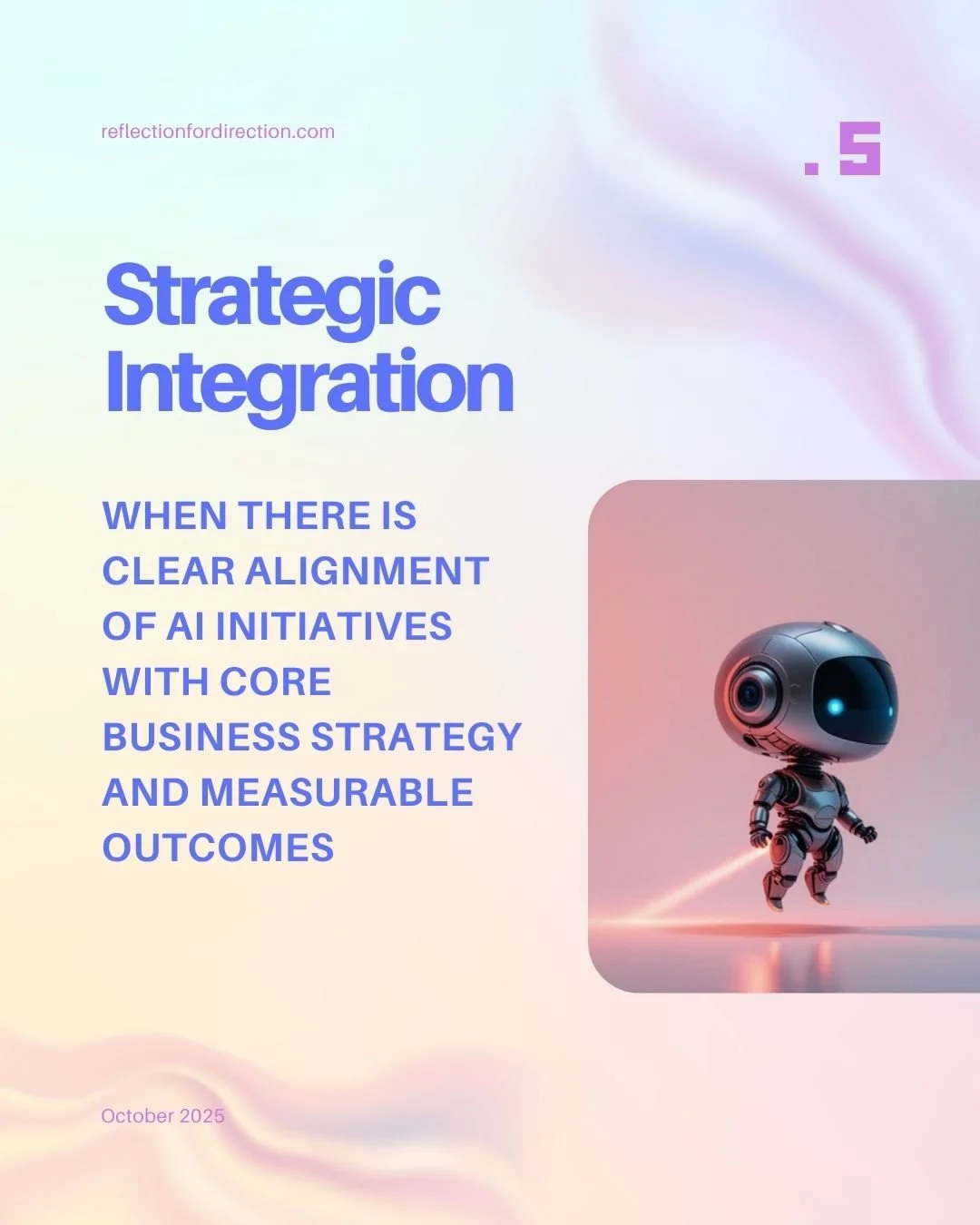
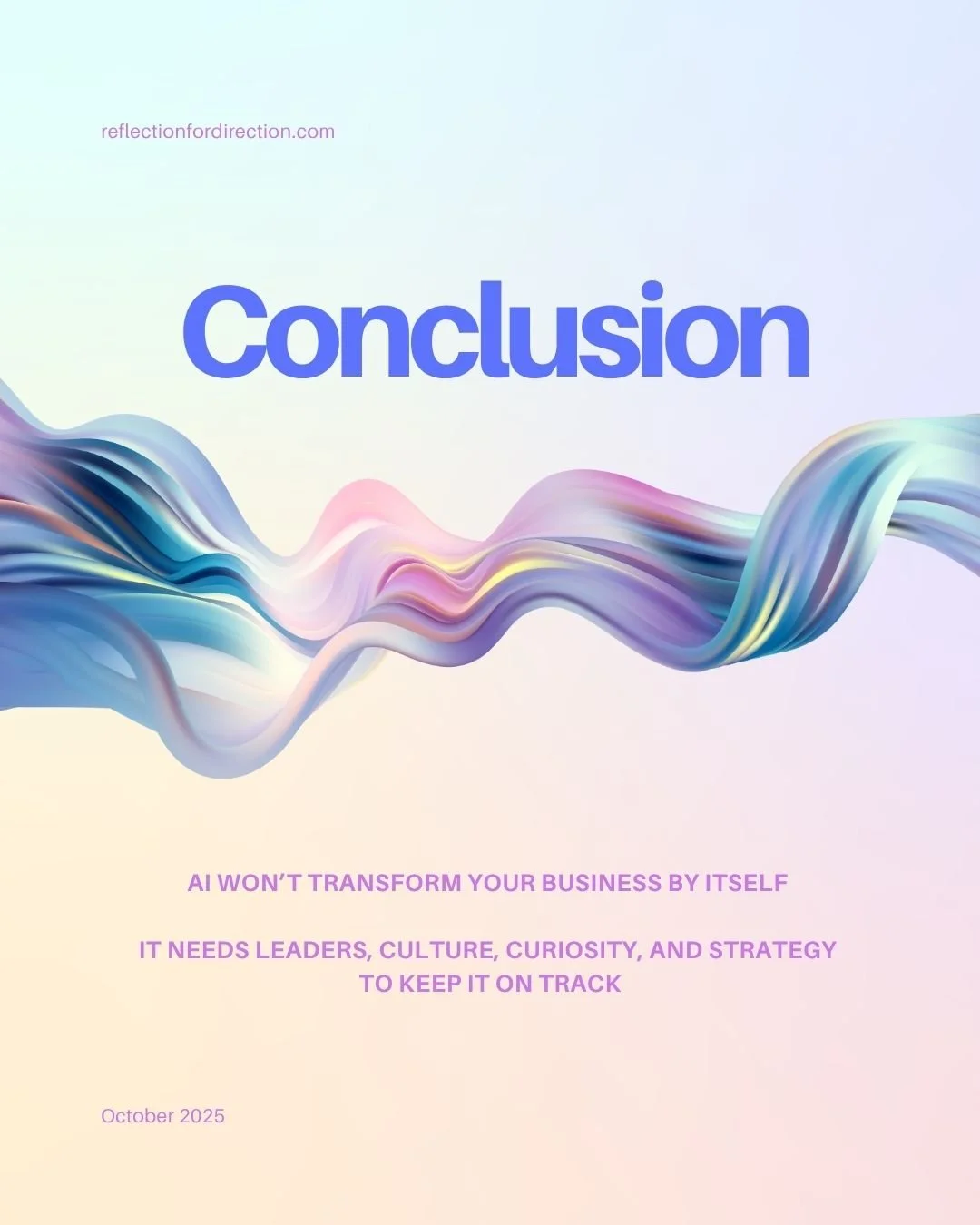
Together, these drivers separate organizations that experiment with AI from those that transform with it. In this article, we’ll explore how each of these adoption drivers works in practice, and how executives can embed them to position their organizations for long-term advantage.
1. AI-fluent leadership
A recent Harvard Business Review article (What Companies with Successful AI Pilots Do Differently, 12 September 2025) examined why 95% of AI rollouts fail, as highlighted in the MIT State of AI in Business study I referenced in an earlier post (here). They interviewed more than 50 executives across Fortune 50 corporations, private-equity portfolio companies, and nonprofits on what they thought made for successful adoption of AI.
Of the 53 senior leaders polled, the single biggest driver of returns from AI, according to those executives was leadership. Leadership could make or break AI adoption, with 47% ranking leadership effectiveness as the single biggest driver of AI ROI. However, even with that, fewer than half of those interviewed, however, believed that their organization had the right leaders in place to join that successful 5%.
That's depressing.
Here's what I'm seeing, leaders in organizations that are using AI to transform don’t just sponsor GenAI talent or teams and talent. They actively use it, model it, and shape its role across the enterprise. Crucially, they articulate a vision for GenAI that balances opportunity with risk and urgency with responsibility.
In practice, this kind of leadership is built on three pillars:
Growth: Leaders commit to continuous AI learning themselves and create opportunities for others to build fluency. They normalize curiosity and position AI as a shared journey, not a siloed experiment.
Value: They take a balanced view of AI’s impact, recognizing both growth and efficiency opportunities. Importantly, they build comfort with proving value as projects evolve, rather than waiting for perfect ROI models upfront.
Courage: They embrace change, balancing curiosity and caution while upholding ethical standards. These leaders are transparent about potential workforce impacts, create dialogue, and provide clarity on what teams should de-prioritize to make room for transformation.
Ultimately, the defining trait of AI-fluent leadership is the ability to sustain enthusiasm and alignment across the workforce and the boardroom. The difference between AI laggards and AI leaders is not what they know about the technology, but how they lead through it
2. Open Teaming
AI adoption is a team discipline.
The organizations moving fastest are the ones where teams experiment with AI together, learning in the open and embedding collaboration into their ways of working. In these environments, AI is not treated as a side project or a tool for a select few, but as a thought-partner and a shared capability that connects functions, levels, and even external partners. I’ve previously talked about teaming, and it’s basis of psychological safety here.
Executives leading successful AI adoption already understand this dynamic. They create the conditions for cross-functional teaming by setting clear expectations for experimentation, ensuring responsible guardrails are baked in, and give teams the license to co-create.
So much so, that weekly “prompt swaps,” GenAI retrospectives, and shared playbooks are becoming standard practices in these high-performing organizations.
The effect is simple but powerful: learning compounds faster when it happens collectively.
What’s emerging is a new mindset: AI as a teammate and thought partner - moving way beyond it just being a another tool. In fact, recent surveys show that top-performing teams are already assigning AI the role of coach or thought partner, using it to spark creativity, test ideas, and accelerate delivery. As AI takes on more complex roles in team workflows, new human responsibilities and requirements are surfacing. As our social media feeds start to become cluttered with AI slop, the need for real human connection is becoming more clear
For executives, the lesson is clear: open teaming amplifies adoption. It turns experimentation into collective capability, accelerates scaling, and builds the trust that is essential for responsible AI use. The companies that fall behind are often those that leave experimentation isolated to a single function or innovation lab. The ones that leap ahead make AI adoption a team sport. But, still at the base layer, is a need to be authentically human.
3. Continuous Learning
If leadership is the spark and teaming is the engine, then learning is the fuel. Without it, AI adoption stalls. The most successful organizations don’t just run a few training sessions and tick the box, they embed AI learning into the daily flow of work. And yes, that means making “continuous learning” more than just a line in the company values poster.
High performers invest in role-specific learning pathways:
Strategic visioning: immersing leaders in imagining what's next, and mapping how AI can advance those core business goals
AI value case creation: equipping managers to identify, track, and communicate the business value of initiatives
AI as an innovation partner: helping teams use AI to test competitive positioning or generate new product and market ideas
Strategic decisioning with AI: building the muscle to bring AI-driven insights and predictive analytics into everyday choices
But here’s the real trick: it’s not about creating AI geniuses overnight. It’s about creating people who are confident enough to say, “I don’t know, but I’ll find out.” That growth mindset, paired with exposure to practical use cases and open dialogue about both risks and benefits, builds the habits that drive sustainable adoption.
Even senior leaders aren’t exempt. In fact, the best companies run ‘no-opt-out bootcamps’ for executives, where leaders roll up their sleeves and actually use AI in real scenarios. (After all, it’s hard to inspire your teams to try GenAI if your only hands-on experience is asking ChatGPT for a vacation packing list.) By role-modeling successes and failures, leaders normalize AI use and make it safe for teams to learn by doing.
And here’s the good news: you don’t need to hire the next AI wunderkind from Silicon Valley to succeed. As HBR points out, it’s not about importing rockstars > it’s about amplifying the talent you already have. The real competitive advantage comes from connecting learning and capability-building directly to your business strategy.
In other words: the smartest move isn’t chasing unicorns. It’s helping your own people grow wings.
4. Adaptive Cultures
Culture is the invisible hand that can either accelerate or stall AI adoption. Whilst leadership sets the tone, and teams carry the work, culture decides whether your whole system sticks. The companies pulling ahead don’t just have smart strategies, they have cultures that make curiosity safe, experimentation normal, and failure part of progress.
This doesn’t happen in organizations where Corner Keith clings to a culture of certainty and control. If your culture is built on fear or hierarchy, GenAI will wither on the vine. But in workplaces where leaders give people permission to try, share, and learn, transformation takes root.
Put simply: you don’t need “perfect plans,” because, spoiler alert, they don't exist, you need people who feel safe enough to try things out.
Here’s what that looks like in practice:
Encourage curiosity. Start small, in low-risk areas where GenAI could add value, and build confidence as you scale.
Share experiences openly. Create regular feedback loops that celebrate both the wins and the misfires, because both are data.
Make space for exploration. Lock up the negative-Nancy's, and instead free up your managers’ time to actually experiment with GenAI, not just read about it in slide decks.
Harness healthy competition. Tie incentives to strategic goals like growth or efficiency, and let teams compete to solve them with AI (within responsible guardrails).
Redefine success. Update KPIs to reflect collaboration, creativity, and continuous learning — not just output.
The truth is, adaptive cultures don’t spring up overnight. They’re built, moment by moment, by leaders who reward curiosity and teams who feel safe enough to say, “That didn’t work, but here’s what I learned.” Those small moments lead to cultural shifts that compound. And, that shift separates organizations that experiment in the shadows from those that transform in the open.
5. Strategic Agility and Integration
If leadership is the spark, teaming the engine, and culture the multiplier, then strategy is the steering wheel. Without it, you can rev the engine all you like, but you’ll just be driving in circles.
The best leaders know this. They resist the temptation of rigid roadmaps and instead keep options open, scanning the horizon for disruption before it sideswipes progress. They double down on business value over novelty, steer clear of the sunk-cost trap, and balance speed with timing. It’s not just about flooring the accelerator, it’s about knowing when to shift gears. Because in AI, moving fast without steering isn’t “First Mover Advantage,” it’s more like Fast & Furious: Corporate Drift. Lots of noise, little direction, and one-quarter mile of going nowhere.
And here’s the reality: AI outcomes vary wildly. Whether you’re just taking your first cautious steps or racing ahead as a transformer, your culture will always have both enablers and blockers. The real challenge is simple: dial up what accelerates adoption, and dial down what drags it back.
Take pilot purgatory, for instance. Many organizations stall out in endless proofs of concept, with scattered AI experiments that dilute focus and squander resources. The companies that break free are the ones that concentrate their bets.
Here’s what it takes to lead with agility and integration:
Lead with vision and investment: Back initiatives with executive sponsorship, clear operating models, and agile funding.
Build on agility, not rigidity: A central AI platform makes it easier to pivot as the technology frontier shifts.
Upskill and communicate: Make AI literacy a company-wide standard, and keep communication frequent and transparent.
Stay value-led: Focus on initiatives with measurable ROI, not just experimentation for its own sake.
Commit to Responsible AI: Bake in ethics and governance from the start, not as an afterthought.
Co-innovate: Partner across ecosystems to create solutions that are scalable and industry-ready.
To enable adoption, seize moments of change: growth strategies, M&A, or carve-outs as opportunities to reset culture with AI as a symbol of progress. And watch out for blockers: compliance drag (when ethics comes in late) and low failure tolerance (when the board expect perfection instead of progress).
At the end of the day, the companies that succeed treat GenAI as a core lever in their strategy and operating model, not a bolt-on experiment.
Conclusion
are some very clear plays. The organizations winning today aren’t doing it with secret algorithms or by hiring Silicon Valley “AI rockstars.” They’re doing it by leading with clarity, teaming with openness, learning without ego, building adaptive cultures, and steering with strategic agility.
In other words, AI adoption isn’t about who can spin up the fanciest pilot, but who can embed the technology into the very way they work and lead. The difference between laggards and leaders? Laggards treat AI like a side project. Leaders make it part of the company’s DNA.
And let’s be honest: the road won’t always be smooth. There will be wrong turns, dead ends, and the occasional Fast & Furious–style corporate drift. But with the right leadership, teaming, learning, culture, and strategy, you’re not just test-driving GenAI, you’re building the capability to go the distance.